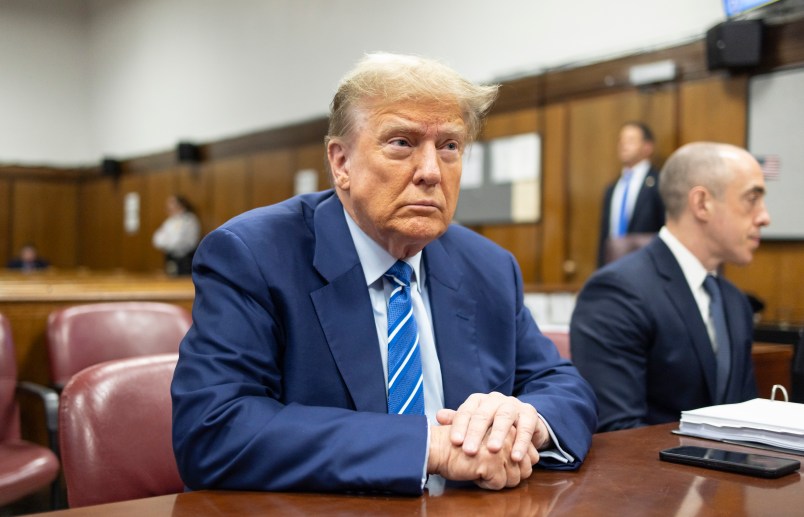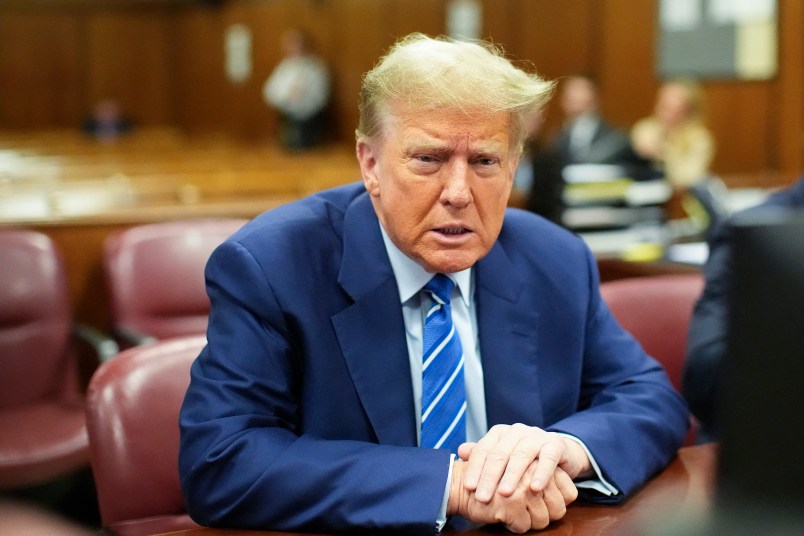What is it about the Nixon Center and why are they so defensive? So paranoid? Are they really that Nixonian?
The Washington think tank world was roiled a few weeks ago when Steve Clemons, of The New America Foundation, delivered a paper in France on the way in which corporations and industry trade  groups now funnel money into DC think tanks to engage in a covert and entirely unregulated form of lobbying. It’s an equal opportunity game, touching tanks on the left and right.
groups now funnel money into DC think tanks to engage in a covert and entirely unregulated form of lobbying. It’s an equal opportunity game, touching tanks on the left and right.
The speech got attention when it was written up in the Washington Post on November 19th. The thousand word article briefly identified Clemons as “a former Senate staffer who is also a veteran of several Washington think tanks, including the Nixon Center and the Economic Strategy Institute.”
Apparently that brief mention of the Nixon Center in the context of questions about think tank ethics was more than the Nixon Center could bear.
Nixon Center Director Paul J. Saunders fired off a letter to the Post protesting a bit too much, shall we say, that none of this stuff — none of this stuff! — ever happens at the Nixon Center.
Then he attacked Clemons.
“Notwithstanding his identification as a Nixon Center ‘veteran,'” huffed Saunders, “[Clemons’] tenure at the center was limited to a few months after our founding, and he had no meaningful experience related to the center’s operations or programs.”
Really?
Now, I’m no expert  on these things but my understanding is that Clemons was actually closely involved in the creation of the Nixon Center and that he was its first Executive Director, a job he held for about a year and a half. In fact, when Clemons was Executive Director, Saunders was his assistant.
on these things but my understanding is that Clemons was actually closely involved in the creation of the Nixon Center and that he was its first Executive Director, a job he held for about a year and a half. In fact, when Clemons was Executive Director, Saunders was his assistant.
This all got my attention because early this year I wrote an article about a fellow named Doug Paal who also had some think tank lobbying type questions swirling around him. And one of the people I interviewed was Nixon Center President Dimitri Simes. And Simes was the only one to rush forward with a fairly embarrassing non-denial denial of his comments to me.
Here is the back and forth in a subsequent letters section of The New Republic …
To the editors:
I was surprised and disappointed to see the references to The Nixon Center and to me personally in Joshua Micah Marshall’s article “Pacific Whim” (March 4 & 11). I was surprised because I had never spoken to anyone identifying himself with tnr about Douglas H. Paal or his Asia Pacific Policy Center (APPC). In fact, Marshall placed several calls to me and to a colleague at The Nixon Center identifying himself with The New York Times Magazine. Was he misleading us? Or did the Times Magazine give Marshall an assignment but reject his product?
I was disappointed because Marshall’s characterization of the discussions between The Nixon Center and Paal is quite different from what I told Marshall. I made clear that I was not aware of any impropriety whatsoever on the part of Paal or the APPC. I also explained that our conversations about a possible merger had not gone far enough for The Nixon Center to have received details of the APPC’s finances or programs. My point to Marshall was that different organizations quite legitimately have different missions and cultures and that it is rare to find a perfect match, particularly when the institutions in question are of roughly the same size. To imply on this basis, as Marshall does, that The Nixon Center “got a sense of what Paal’s real business was” is reckless.
Dimitri K. Simes
President
The Nixon Center Washington, D.C.
Joshua Micah Marshall replies:
Last December I signed a contract with The New York Times Magazine to write an article about Douglas H. Paal. Thus, in good faith, I told interview subjects I was writing an article for that publication. Later, after an amicable disagreement with the Times Magazine, I withdrew the piece and brought it to TNR. It is hardly incumbent upon a writer to go back and notify every interview subject that the article will appear in another magazine. As to Simes’s second point, part of his error is in assuming that his interview was the only source for my account of Paal’s dealings with The Nixon Center. In interviews with two other Nixon Center sources, I learned that Paal’s negotiations with the Center came to naught because the Center’s staff and board were concerned about commingling Paal’s foreign funding with the Center’s finances, as well as what one Center source termed the “commercial” nature of Paal’s work. Another source did recall that Simes was the biggest advocate of bringing Paal on board and apparently the least concerned about the questions of ethics and propriety surrounding Paal’s work. Nevertheless, Simes confirmed–albeit gingerly–the essence of this account.
The comment about the Times Magazine was a slur Paal’s friends, shall we say, had been peddling about me in anticipation of the article’s publication. So we assumed Simes’ use of it was a sign that he had been put up to writing the letter. In the small world of Washington foreign policy hands, a man like Simes can sometimes find himself in the embarrassing position of needing to distance himself from an article which has raised uncomfortable — and unanswered — questions about another member of the fraternity.
And now we seem to have something similar with Saunders and Clemons.
Now, I know a bit about these things and my understanding is that, as DC think tanks go, the Nixon Center is a reasonably clean operation. My question is, is the Nixon Center so low on the totem pole that they’ve got to carry everyone else’s water? Are they that paranoid? It’s like they’re the goons sent out to do the hits for the big boys. Like I said, why do the folks at the Nixon Center become so Nixonian?







